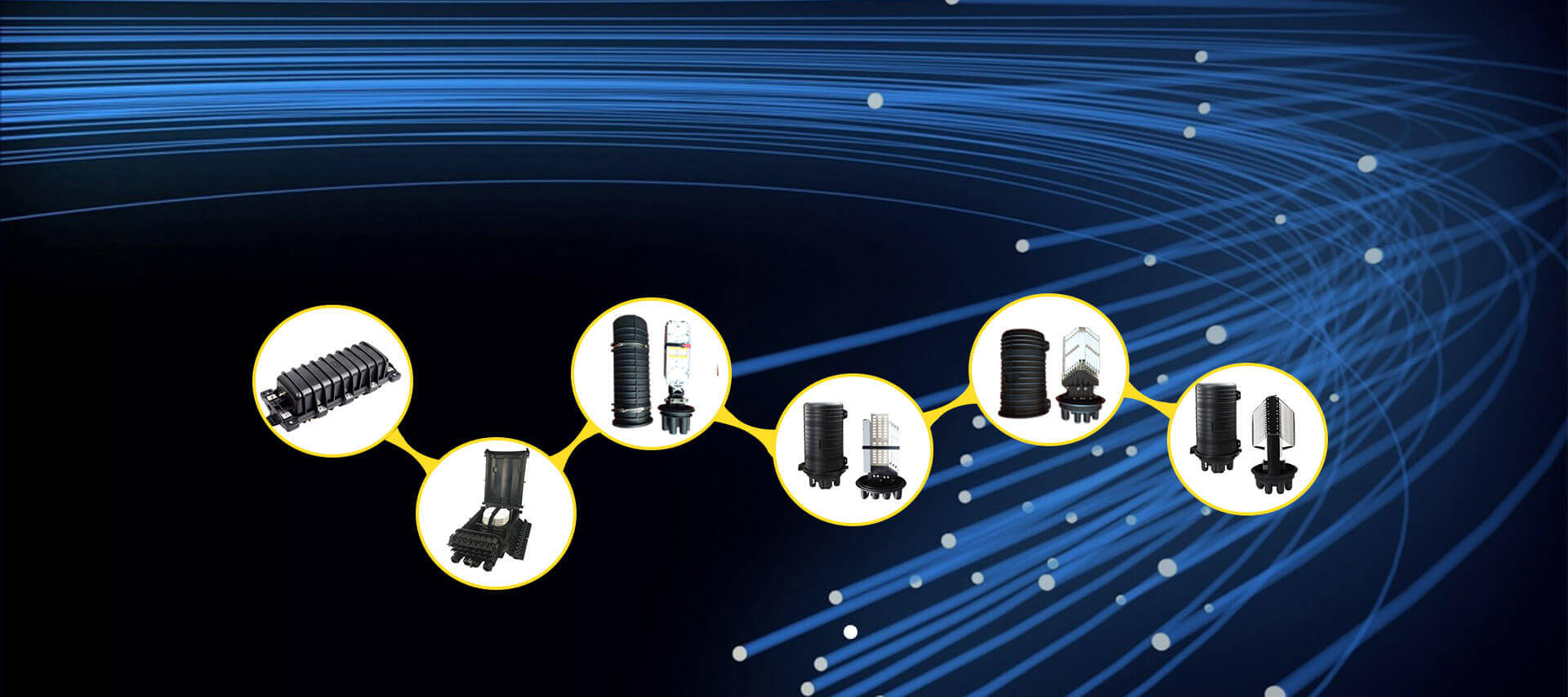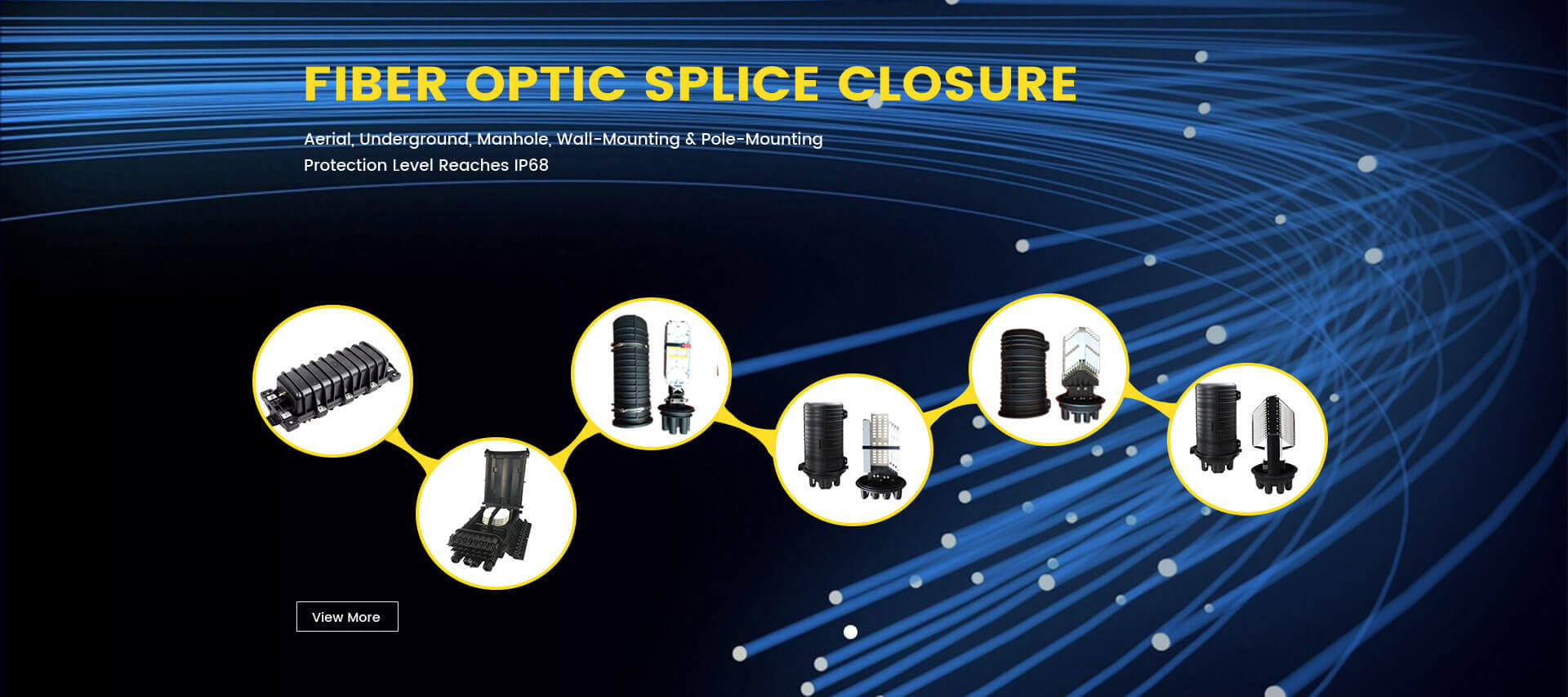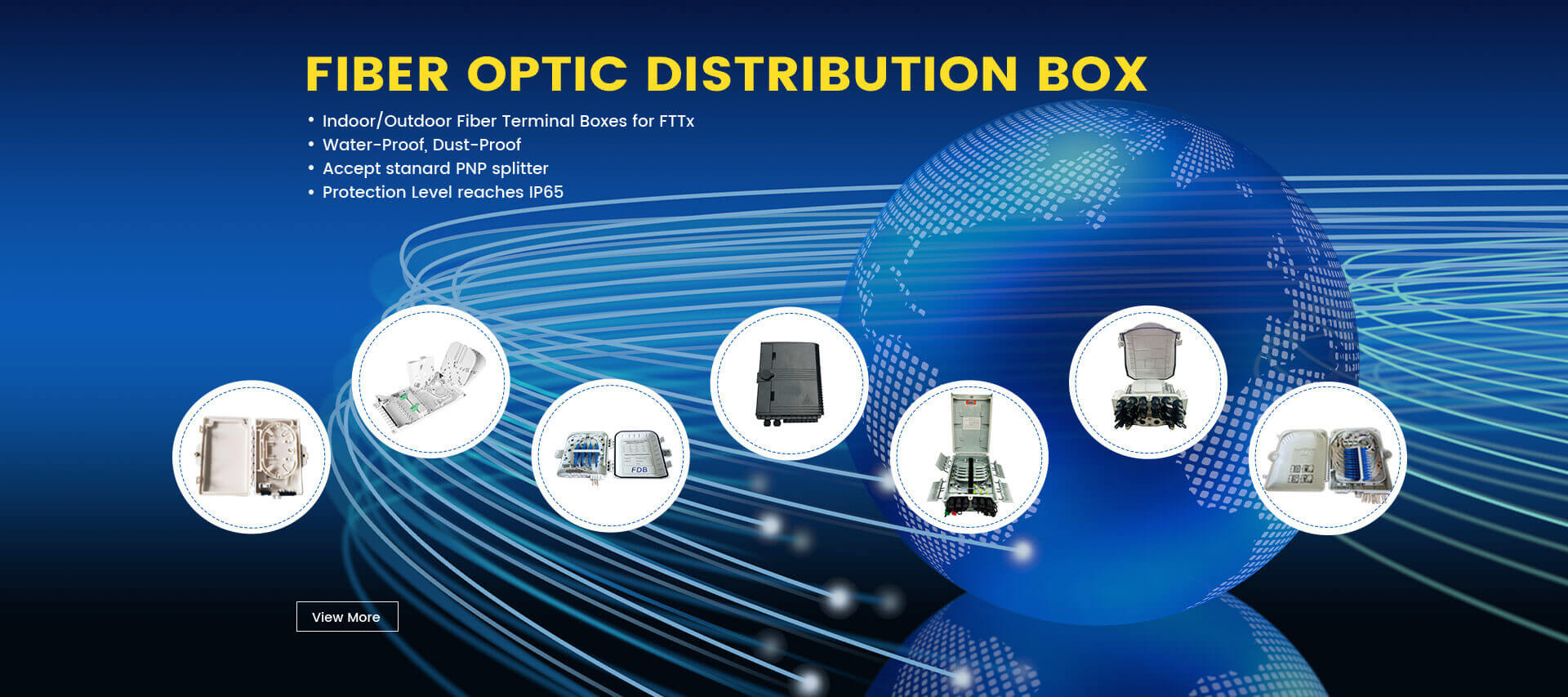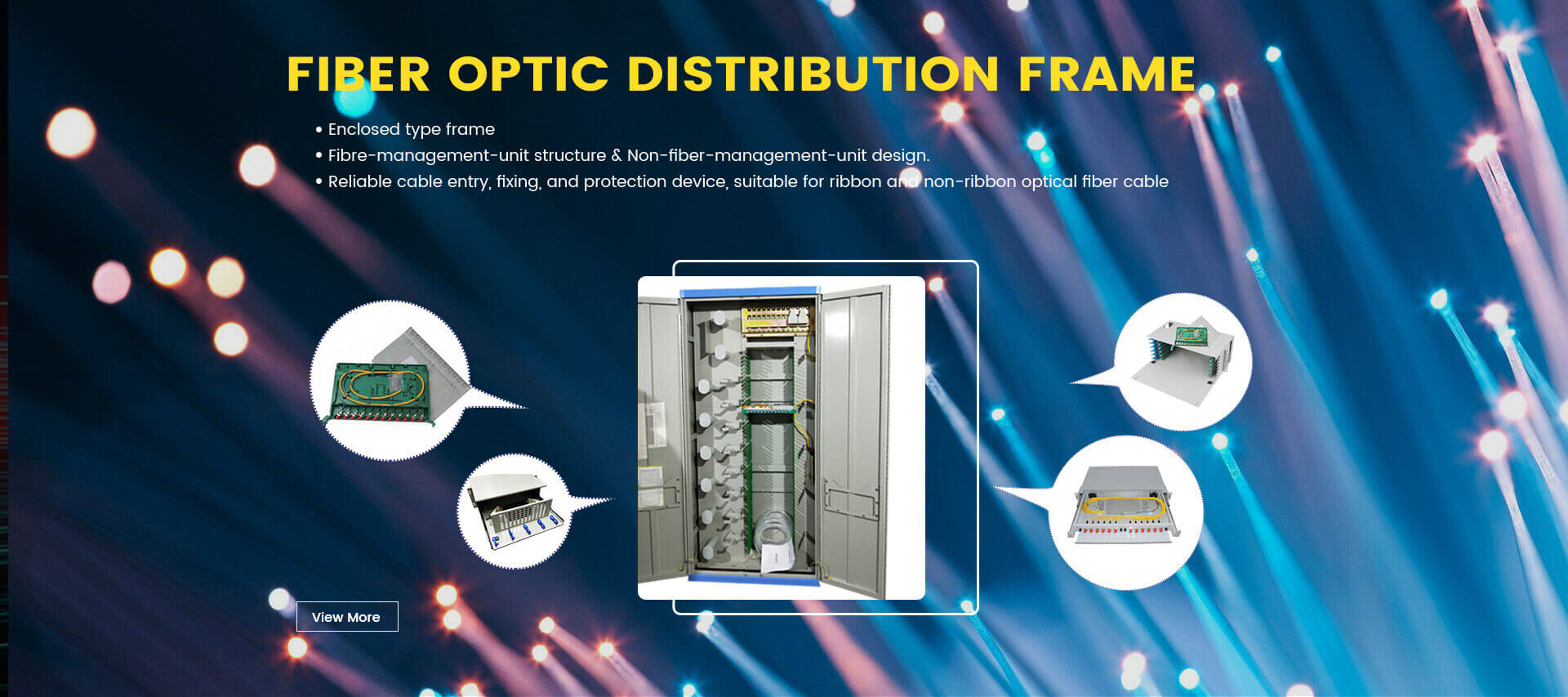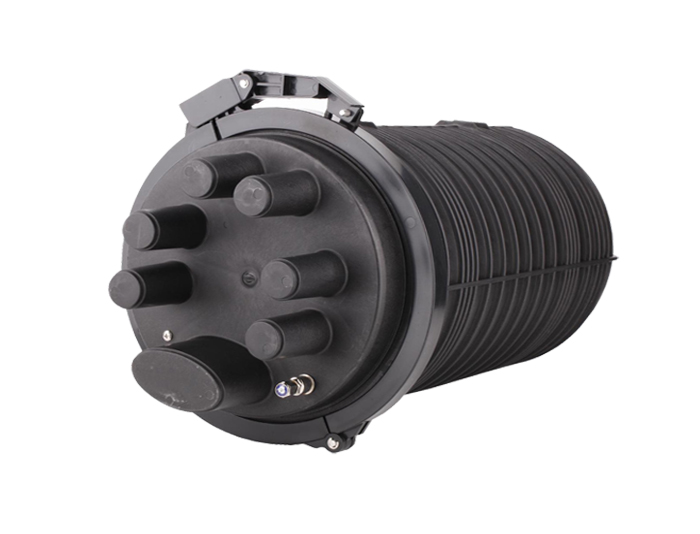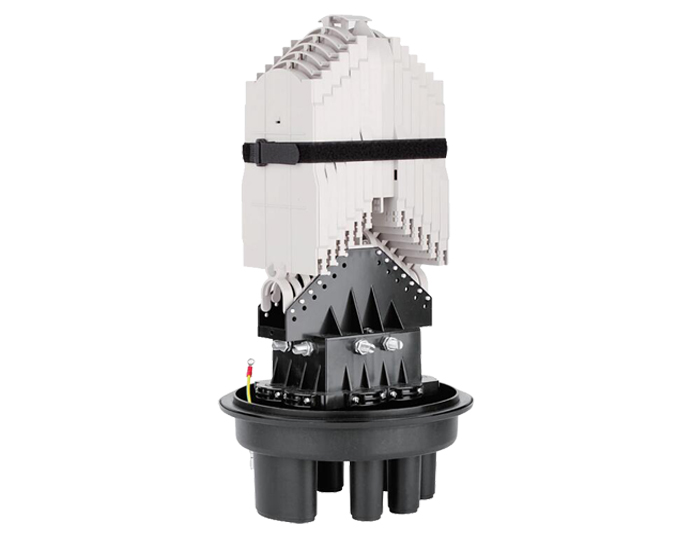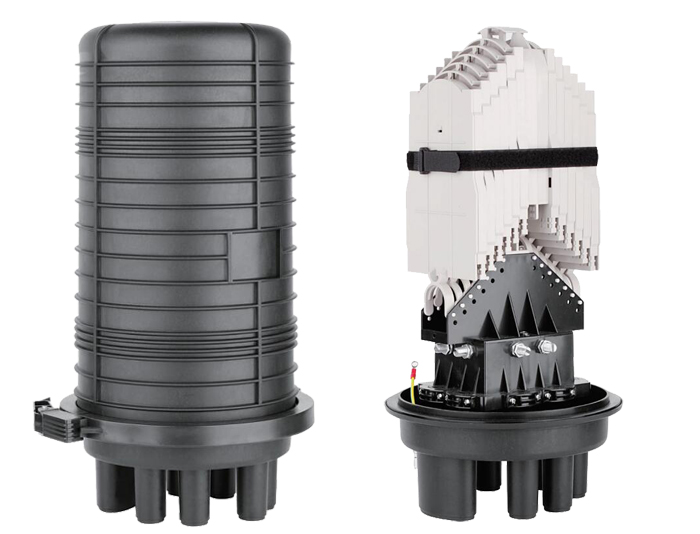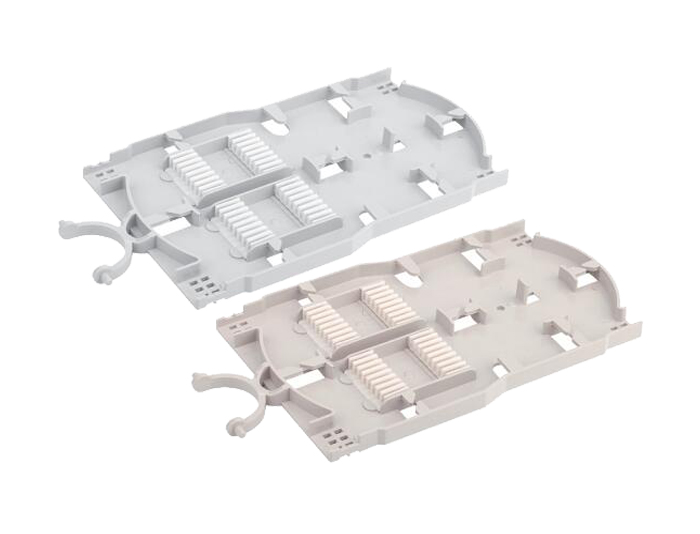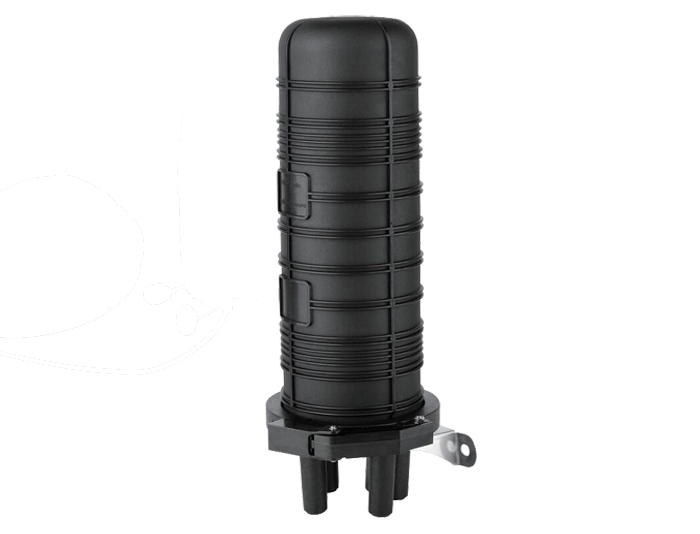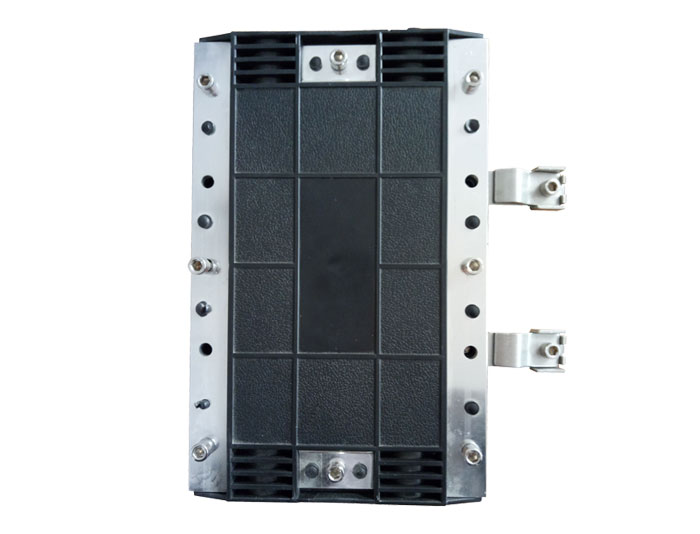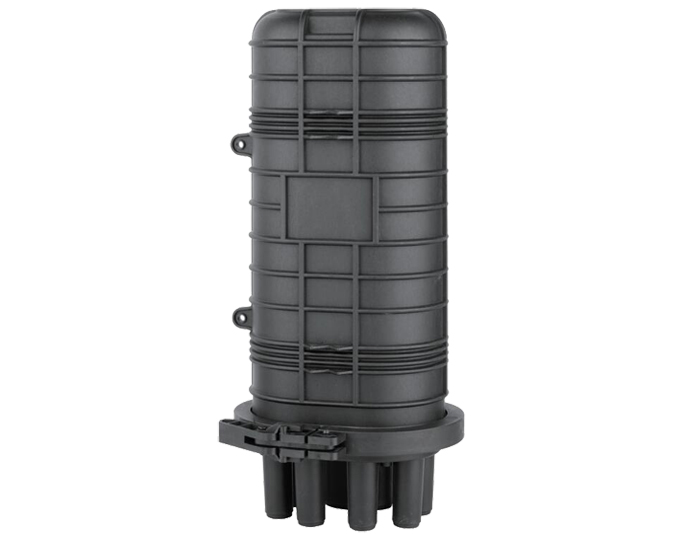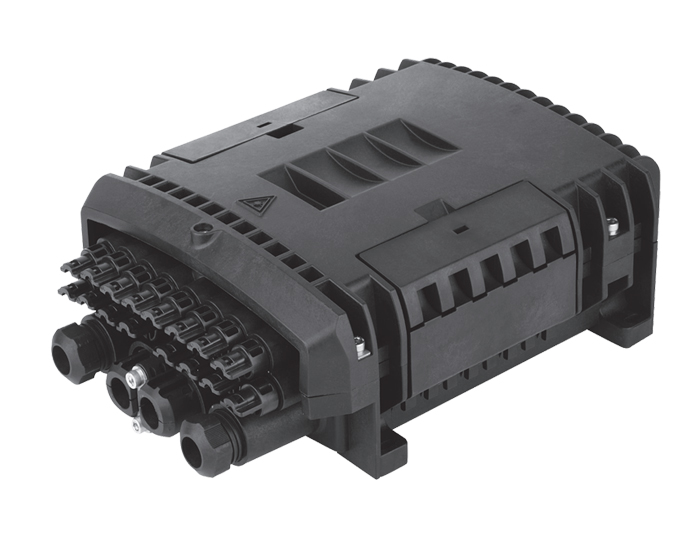Dome Fiber Closure
Dome Fiber Closure plays a vital role in fiber optic networks, acting as a protective shield for fiber optic splices. These enclosures are engineered to endure a range of environmental factors, offering a robust and secure shelter for fiber optic links. Their main function is to protect the sensitive fibers, all the while preserving the quality of the signal transmission.
Types of Dome Fiber Closures
Dome Fiber Closures come in a variety of types, each designed to cater to a range of needs within fiber optic networks. These closures are available in different models and configurations, ensuring compatibility with various types of fiber optic joint closures and splice closures.
Standard Dome Fiber Closures: These are the most common type of closures used in the industry. They offer reliable protection for fiber optic splices and are known for their versatility. They come in different sizes to accommodate various network requirements.
Specialized Dome Fiber Closures: These closures are designed with unique features to cater to specific needs. For instance, some closures have separate area for sorting, routing, protecting, and "expressing" buffer tubes, single and ribbon fibers. They often come with a hinged tray for easy access and maintenance.
Customizable Dome Fiber Closures: These closures allow for customization based on the specific requirements of a network. They can be tailored to fit different sizes and types of cables, making them a flexible choice for various applications.
Each type of dome fiber closure offers unique features and benefits, making them suitable for a wide range of applications in fiber optic networks.
Applications of Dome Fiber Closures
Dome Fiber Closures are widely used in various applications, primarily in fiber-to-the-premises networks. These networks require a secure and reliable method of protecting the fiber optic splices, making dome closures an ideal choice.
In addition to FTTP networks, dome closures are also used in other applications such as:
Direct Burial: Direct burial fiber splice closures are designed to be buried directly into the ground, providing secure and weather-resistant housing for fiber optic splices.
Aerial Installations: In aerial installations, dome closures provide protection against environmental factors like wind, rain, and UV radiation.
Wall-Mounting and Pipeline: In these applications, dome closures offer a compact and secure solution for protecting fiber optic splices.
In all these applications, the primary goal is to protect the fiber optic splices while ensuring the integrity and efficiency of the signal transmission.
Professional Installation and Maintenance of Dome Fiber Closure
In the realm of fiber optic networks, the Dome Fiber Closure is a critical component, providing a secure environment for fiber optic splices. The installation and maintenance of these closures are paramount to the network's overall performance and longevity.
Preparation: The initial stage involves assembling the necessary equipment and preparing the fiber optic cables for installation. This step ensures an organized and efficient setup process.
Installation: This phase requires precision and care. The fiber optic cables are inserted into the closure, ensuring no harm comes to the sensitive fibers. The closure is then sealed, providing a barrier against potential environmental hazards.
Testing: Upon completion of the installation, a comprehensive network test is conducted. This step verifies the successful signal transmission and overall functionality of the network.
As for maintenance and care, regular inspections are crucial. These checks help identify any potential damage or degradation over time. If issues are detected, a replacement of the closure may be necessary to uphold the integrity of the fiber optic network. Proper maintenance of the Dome Fiber Closure is a key factor in maintaining optimal network performance.
RGP-TSB-301A Dome Fiber Optic Splice Closure has one oval port for express cable applications and six round cable ports, the closure features an O-ring sealing system along with an innovative latching/locking mechanism. This combination is designed to allow simple, watertight closure. Utilizes heat-shrinkable technology for cable sealing which helps provide a watertight seal.
The closure is equipped with a built-in fiber management system which provides a separate area for storing, routing, protecting, and "expressing" buffer tubes, singles, and ribbon fibers. The hinged splice trays include a modular splice holder design that allows them to accept single fusion, single mechanical, and various mass fusion splices (4-,6-,8-, and 12- fiber ribbons) by simply replacing the splice holder.
An optional built-in air valve is designed to allow flash testing.
Closure Material: MPP - Modified P.P.
Closure Seal Material: Innovative latching / locking O-ring closure sealing system.
May be used for all fiber optic cable.
May be used for cut, uncut and taut sheath applications.
Sheath retention & central strength member fasten system included.
Built-in integral multipurpose fiber storage system.
One oval hole and six round holes for cable entrance.
Suitable for cable diameter 5mm-38mm.
360 degrees access, fiber bending > 40mm.
Maximum capacity: 288F single (24Fx12pcs) or 864F ribbon.
Heat-shrinkable cable seal.
Hinged tray design, Splice trays can be easily increased and reduced according to capacity.
Modular splice holder design.
Installation and reentry with a minimum of tools.
Closure can be flash tested.
Protection class: IP68.
RoHS compliance.
Aerial mounting.
Pole Mounting.
Buried, Under-ground.
Vault, Handhole & Manhole.

